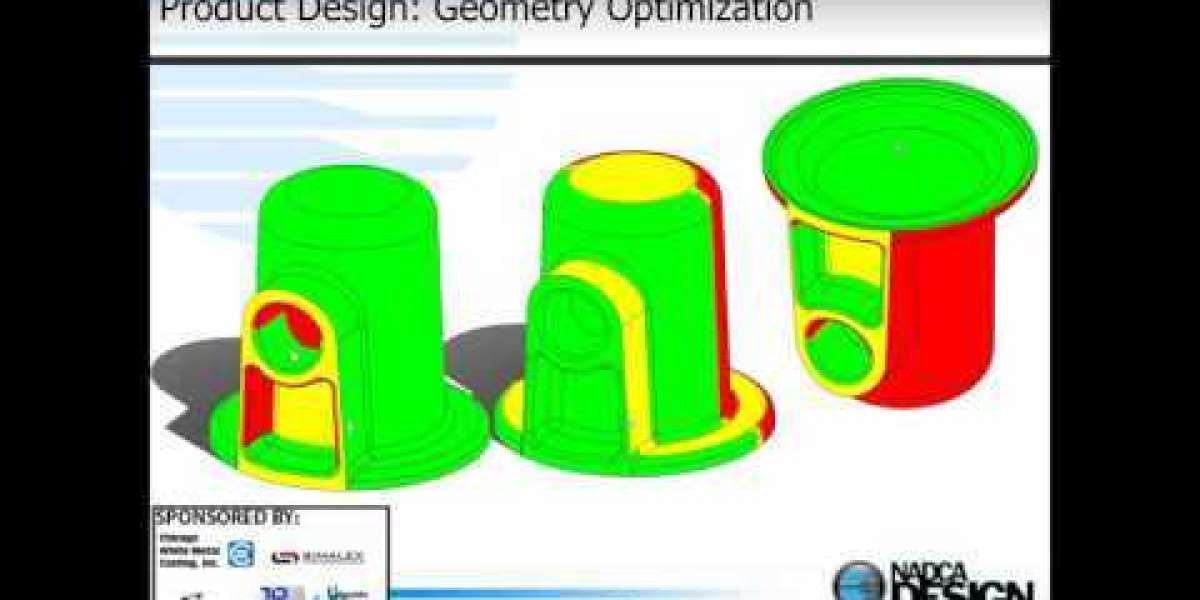The production of slag is unavoidable during the process of melting and storing zinc alloy die casting liquid, but zinc die casting is possible for die casting manufacturers to reduce the formation of slag while simultaneously increasing their profits by properly controlling and managing the melting and casting processes, as well as the cooling and cooling processes. It is possible to reduce metal loss in zinc alloy die casting production as a result of slag loss by taking certain steps during the manufacturing procedure. The following are examples of such items.
What measures should zinc alloy die casting manufacturers take to ensure that slag is not generated during the die casting process, to be more specific?
By designing and assembling die casting dies in the proper manner, it is possible to reduce the amount of return material produced. If done correctly, this method can significantly reduce or completely eliminate the generation of burrs and waste parts.
Before remelting can take place, the wet or oily raw material, as well as the processing waste generated during the cleaning process, must be treated in order to produce clean and dry blocks that are free of contaminants.
Because it is important to maintain the melting temperature at a low and consistent level as much as possible throughout the procedure,When a die casting machine is used, it is necessary that the liquid metal used in the melting furnace and liquid storage furnace does not exceed 450 degrees Celsius, and that the liquid metal used in the charging furnace does not exceed 430 degrees Celsius in the charging furnace.
Using a hand-held thermometer to check on the temperature of the molten metal at least once a month is recommended in order to ensure that the furnace thermometer is operating properly and accurately.
It is recommended that the amount of stirring in the molten pool be kept to an absolute bare minimum when new alloy ingots are being added to the molten pool or old materials are being returned.
Take great care to carefully remove any scum from the furnace pool, then gently shake or tap the slag remover next to zinc alloy die casting to allow any useful alloy liquid that has been mixed into the molten slag to return to the furnace pool after it has been removed from the furnace pool.
Slag should only be removed if it is absolutely necessary for the operation to be completed successfully. The goal is to keep a thin layer of scum on top of the molten pool, which will help to reduce the oxidation of liquid metal caused by the surrounding atmosphere (see illustration).
Scum treatment must be carried out in accordance with the procedure recommended by the flux manufacturer in order to achieve the highest possible level of metal recovery.
In order to detect abnormal production phenomena in real time, it is necessary to meticulously document slag production and compare the volume of slag generated over time on a consistent basis.



